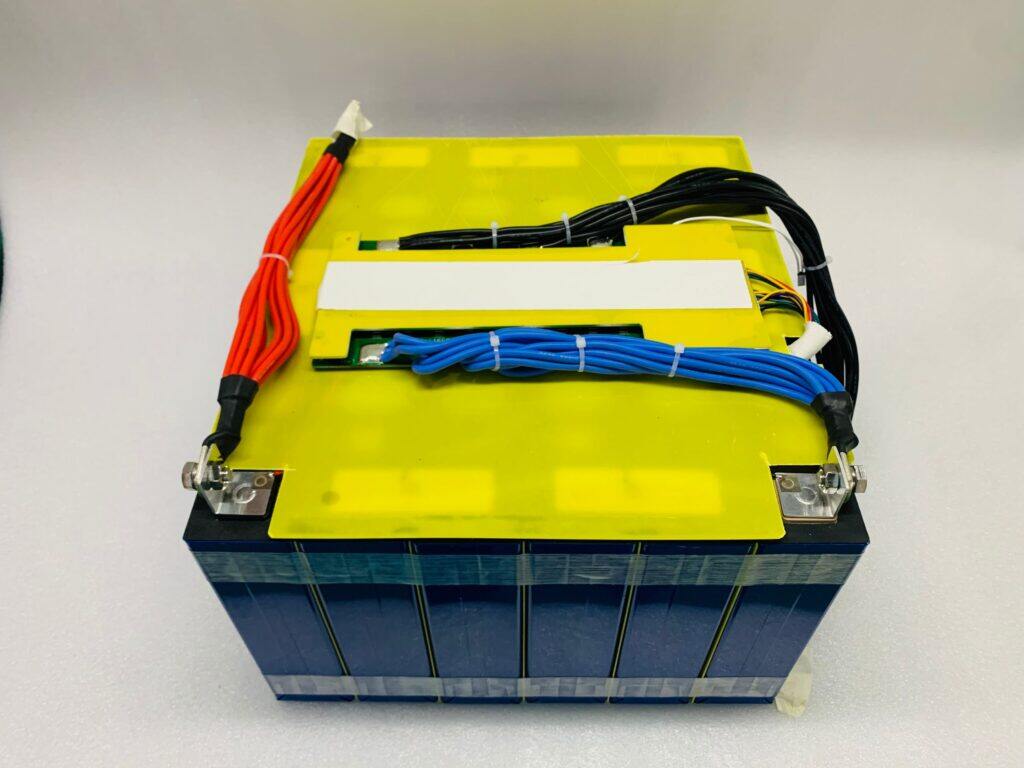1) The international advanced CELGARS2300PE-PP-PE three-layer composite membrane is used for automatic shut-off protection of diaphragm at 135℃. When the temperature of the battery reaches 120℃, the membrane holes on both sides of the PE composite film are closed, the internal resistance of the battery increases, and the temperature of the battery is slowed down. When the temperature reaches 135℃, the PP membrane hole is closed, the internal circuit of the battery is broken, and the battery is no longer heated, ensuring the safety and reliability of the battery.
2) Add additives to the electrolyte and then overcharge the battery. Under the condition that the battery voltage is higher than 4.2V, the electrolyte additives and other substances in the electrolyte polymerization, the internal resistance of the battery is greatly increased, and a large area of circuit opening is formed inside the battery, and the battery is no longer heating up.
3) The battery cover adopts the structure of scoring explosion-proof ball. When the battery heats up, part of the gas generated in the process of battery internal activation expands, and the pressure in the battery increases. When the pressure reaches a certain degree, the score is broken and deflated.
4) Conduct various abuse experiments in various environments, such as external short circuit, overcharge, acupuncture, impact, incineration, etc., to investigate battery safety performance. At the same time, the temperature shock test and vibration, drop, impact and other mechanical properties of the battery were carried out to investigate the performance of the battery in the actual use environment.
